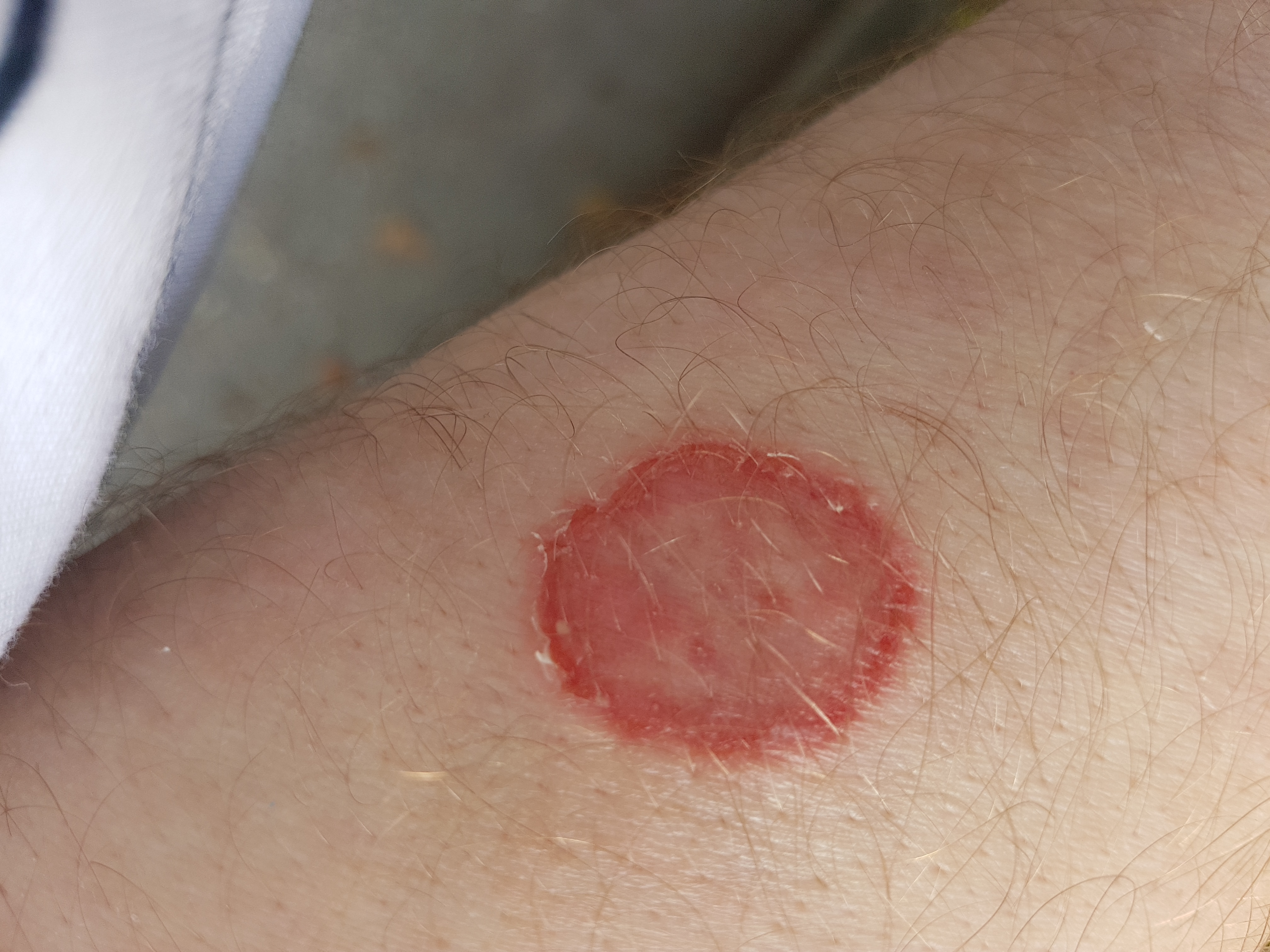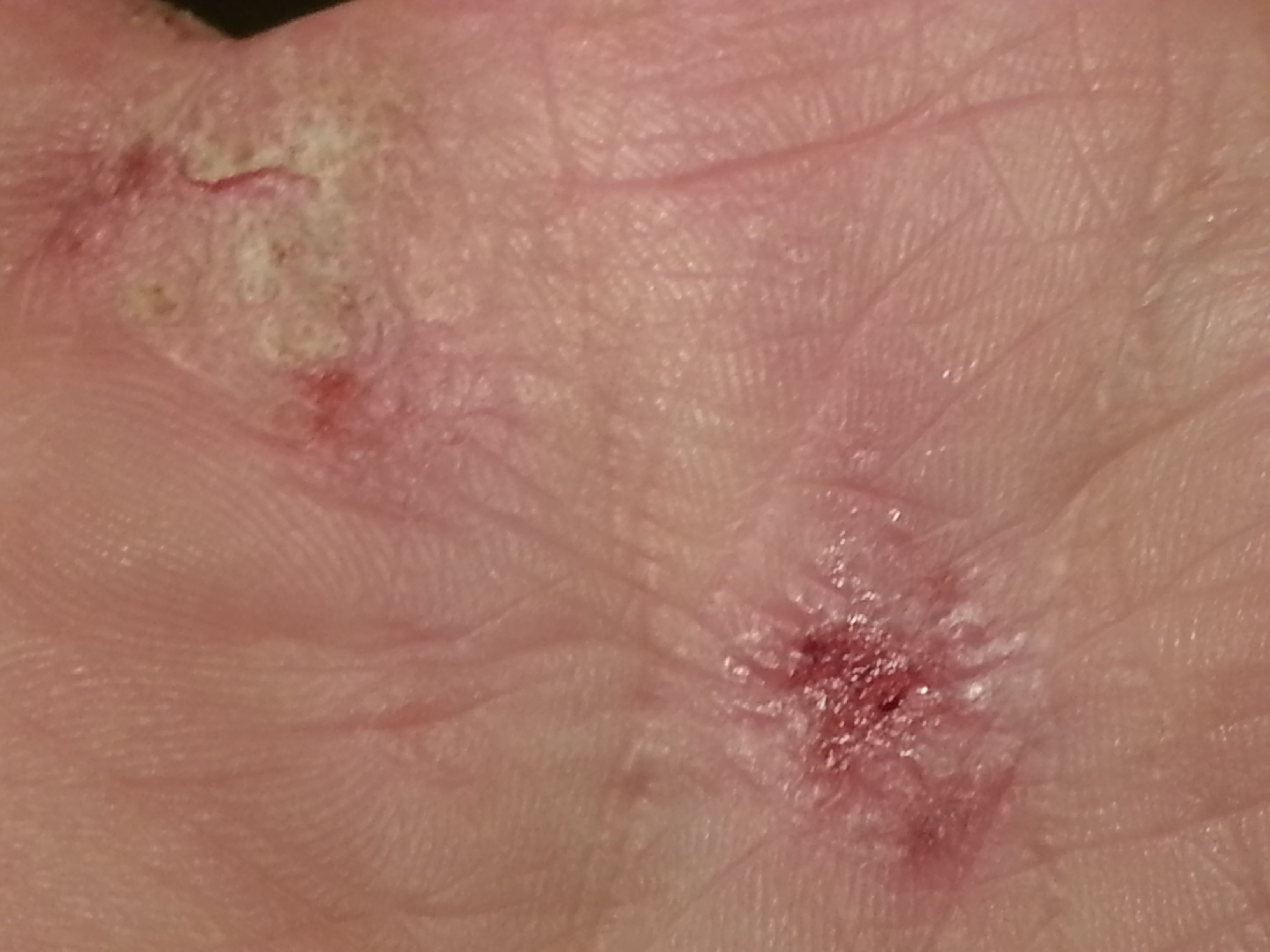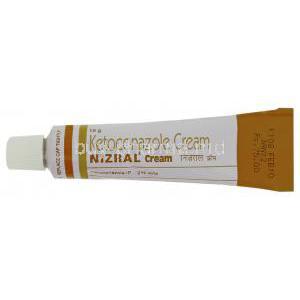Zimig Cream
- Introduction to Zimig Cream
- Composition of Zimig Cream
- Primary Uses of Zimig Cream
- Off-Label Uses of Zimig Cream
- How Zimig Cream Works
- Dosage and Administration of Zimig Cream
- Storage and Handling of Zimig Cream
- Common Side Effects of Zimig Cream
- Serious Side Effects and Risks of Zimig Cream
- Important Precautions When Using Zimig Cream
- Contraindications for Zimig Cream
- Interactions of Zimig Cream with Other Medications
- Warnings and Special Considerations for Zimig Cream
- Careful Administration of Zimig Cream
- Administration of Zimig Cream to Elderly Patients
- Use of Zimig Cream During Pregnancy and Nursing
- Zimig Cream for Pediatric Use
- Overdose of Zimig Cream
- Handling Precautions for Zimig Cream
Introduction to Zimig Cream
Zimig Cream is widely recognized for its performance in treating skin fungal infections with its focused approach towards healing the affected areas thoroughly and efficiently. The cream is exceptionally crafted to combat dermatophyte infections and remedy conditions like athlete’s foot and ringworm. The key to the success of the cream lies in its composition, which allows it to penetrate the skin deeply and eliminate development from its source. Over time, Zimig Cream has become an option among patients and dermatologists due to its research and proven success rate.
Composition of Zimig Cream
At the heart of Zimig Cream's efficacy is its active ingredient, terbinafine hydrochloride, typically available at a concentration of 1%. This component directly targets fungal cell membranes, halting the growth and spread of the infection.
- Terbinafine hydrochloride: Acts by inhibiting the synthesis of ergosterol, a crucial component of fungal cell walls.
- Inactive ingredients: These include various emollients, stabilizers, and preservatives that ensure the cream maintains its consistency, potency, and safety. Examples are benzyl alcohol (a preservative) and cetyl alcohol (a moisturizer).

Terbinafine hydrochloride vs clotrimazole
Terbinafine, 1% cream, is more efficient than clotrimazole 1% cream for the 4-week treatment of athlete's foot.
Terbinafine hydrochloride vs butenafine hydrochlorideI
Terbinfine belongs to the allylamine category, while butenafine hydrochloride is an allylamine benzylamine derivative that works, in a way, to fungicidal agents in the allylamine family.
Primary Uses of Zimig Cream
Zimig Cream is commonly prescribed for the treatment of several dermatological fungal infections, including:
- Athlete's foot: Known medically as tinea pedis, Zimig Cream effectively alleviates the itching, scaling, and inflammation associated with this common condition.
- Ringworm: By targeting the causative fungus, Zimig Cream eliminates the characteristic ring-like lesions of this infection.
The active ingredients disrupt fungal cell structure, ultimately killing the pathogen and relieving symptoms within days of consistent application. For patients, Zimig Cream offers rapid relief from discomfort, reduced itching, and gradual clearing of visible skin issues.

Off-Label Uses of Zimig Cream
While Zimig Cream is primarily indicated for common fungal infections, it is also employed in off-label capacities. Some medical professionals have used it in cases of
Clinical studies, albeit limited, have suggested that the active antifungal component in Zimig Cream shows promise in reducing symptoms and recurrence rates in off-label uses. However, these applications often come with limitations, such as variable effectiveness and a higher risk of irritation.

How Zimig Cream Works
Zimig Cream functions by disrupting fungi's cell membranes. The primary ingredient, terbinafine, inhibits the synthesis of ergosterol, an essential sterol for fungal cell integrity. Without ergosterol, fungal cells become fragile, leading to their eventual destruction.
The effectiveness of Zimig Cream generally unfolds in stages:
- Initial phase (Days 1-3): Symptoms like itching and redness begin to subside.
- Intermediate phase (Days 4-7): Fungal activity is significantly reduced, promoting healing.
- Resolution phase (After Day 7): Most visible signs of infection recede, though the cream may still be used to prevent recurrence.
Dosage and Administration of Zimig Cream
For most infections, a thin layer of Zimig Cream should be applied once or twice daily, depending on the severity of the infection. Treatment typically spans 1-2 weeks but may extend based on individual response.
Application Steps:
- Clean and dry the affected area thoroughly.
- Apply a thin layer of the cream, covering a small margin around the affected site.
- Wash hands after application to avoid spreading infection.
If a dose is missed, it should be applied immediately. However, avoiding double applications is crucial to prevent overuse.

Storage and Handling of Zimig Cream
To keep Zimig Cream effective, it's best to store it at room temperature between 15°C and 30°C and away from sunlight. Avoid exposing the cream to temperatures and humidity as it can reduce its effectiveness. Before using it always ensure to check the expiration date as expired cream might not work well and could lead to irritation.
Common Side Effects of Zimig Cream
While Zimig Cream is generally well-tolerated, some mild side effects may occur, including:
These side effects are typically due to the skin adjusting to the medication. If they persist, medical consultation may be necessary to explore alternative options.
Serious Side Effects and Risks of Zimig Cream
In some instances, Zimig Cream could lead to serious effects. Signs like burning sensation, swelling, or blistering require medical assistance as they might suggest an allergic reaction. Individuals facing these signs should stop using the cream and seek advice from a healthcare provider. It is important to report any side effects to the authorities as it helps ensure the safety of Zimig Cream.
Important Precautions When Using Zimig Cream
Several precautions should be observed to ensure safe and effective treatment with Zimig Cream:
- Avoid applying the cream on broken skin or near sensitive areas, such as the eyes and mucous membranes.
- If treating fungal infections in a public setting (e.g., locker rooms), take measures to prevent spreading the infection.
Individuals with highly sensitive skin may experience heightened irritation, so they should consider patch testing before extensive application. Proper hygiene and regular use will help achieve optimal treatment outcomes.

Contraindications for Zimig Cream
Due to potential health risks, Zimig Cream should not be used in certain scenarios. Individuals with known hypersensitivity to the active ingredient, terbinafine hydrochloride, or any of the cream's inactive components should avoid its use. Allergies to any components, whether active or inactive, could lead to severe allergic reactions, manifesting as swelling, rash, or intense itching.
Improper use, such as applying Zimig Cream on open wounds or severely irritated skin, may increase the risk of adverse effects. It is also contraindicated for individuals with specific liver conditions due to terbinafine's systemic absorption risk when applied in large amounts.

Interactions of Zimig Cream with Other Medications
Using medications like Zimig Cream with other drugs at the same time may lead to potential interactions that can affect their effectiveness and increase side effects. This is especially true when combining them with over-the-counter and prescription medications as well as other topical treatments. Zimig Cream could also reduce the effectiveness of steroids if used concurrently. Patients need to talk to their healthcare providers about all the medications they are currently taking to avoid any interactions.
Warnings and Special Considerations for Zimig Cream
People who have existing skin conditions, like eczema or psoriasis, should be careful when using Zimig Cream because it could make their skin more sensitive or irritated. Those with skin conditions like atopic dermatitis may have a stronger reaction to the cream's components. Not using Zimig Cream correctly or fully may cause fungi to become resistant and make the infection worse or last longer. It's important to follow the recommended duration and amount of Zimig Cream to ensure it works well and prevents the infection from coming or getting worse.

Careful Administration of Zimig Cream
Proper administration of Zimig Cream is vital for achieving optimal therapeutic outcomes. To ensure effective application:
- Apply a thin, even layer to clean, dry skin, covering both the affected area and a small surrounding margin.
- Avoid using excessive amounts, as overuse does not enhance effectiveness and may increase the risk of irritation.
- Patch testing on a small area of skin is recommended to monitor for potential allergic reactions before full application.
Overuse or misuse, such as applying it more frequently than prescribed, may lead to skin irritation or increased side effects without providing additional therapeutic benefits.
Administration of Zimig Cream to Elderly Patients
Older individuals, with skin may need attention when applying Zimig Cream due to its potential impact on sensitive skin caused by age related changes in skin thickness. Adjusting how often the cream is applied or using a dosage might be wise for patients. It is important to watch for any signs of side effects, like redness or irritation to quickly address any reactions and ensure the safe use of the cream.
Use of Zimig Cream During Pregnancy and Nursing
The safety profile of Zimig Cream for pregnant and nursing mothers requires careful consideration. While topical terbinafine has minimal systemic absorption, the potential risks to a developing fetus or breastfed infant should not be overlooked.
Pregnant women and nursing mothers should consult a healthcare provider before using Zimig Cream to evaluate the risk-to-benefit ratio. Physicians may provide tailored advice or alternative treatment options if necessary to protect maternal and infant health.
Zimig Cream for Pediatric Use
For kids using Zimig Cream under circumstances and with adjustments based on age is advisable. Children, with skin, like infants and young ones need handling to prevent irritation or allergic reactions. The dose and how often its applied should match the child's age and the severity of the infection. Additional care should be taken with children by using an amount and checking for any signs of irritation or negative reactions.
Overdose of Zimig Cream
An excessive use of Zimig Cream might cause side effects such, as skin irritation or a burning sensation at the area where it was applied. If you notice these symptoms or have used cream by mistake it's best to seek advice from a healthcare professional, for proper guidance. To address this issue promptly try washing the skin with soap and water to remove any leftover cream. It's important to avoid using cream continuously or absorbing it systemically through excessive application to prevent more severe side effects from occurring.
Handling Precautions for Zimig Cream
Ensuring the correct handling of Zimig Cream is essential, for its responsible usage. Storage in a dry place, helps maintain the stability of the product. Tightly sealing the container is essential to prevent any contamination. Remember to follow the rules when getting rid of unused cream. Ensure not to share Zimig Cream to prevent cross-accidental exposure to people with allergies. Please be careful when applying to avoid contact with your eyes or sensitive membranes. By following these steps, you can make sure the cream stays potent and secure for its intended purpose.


















